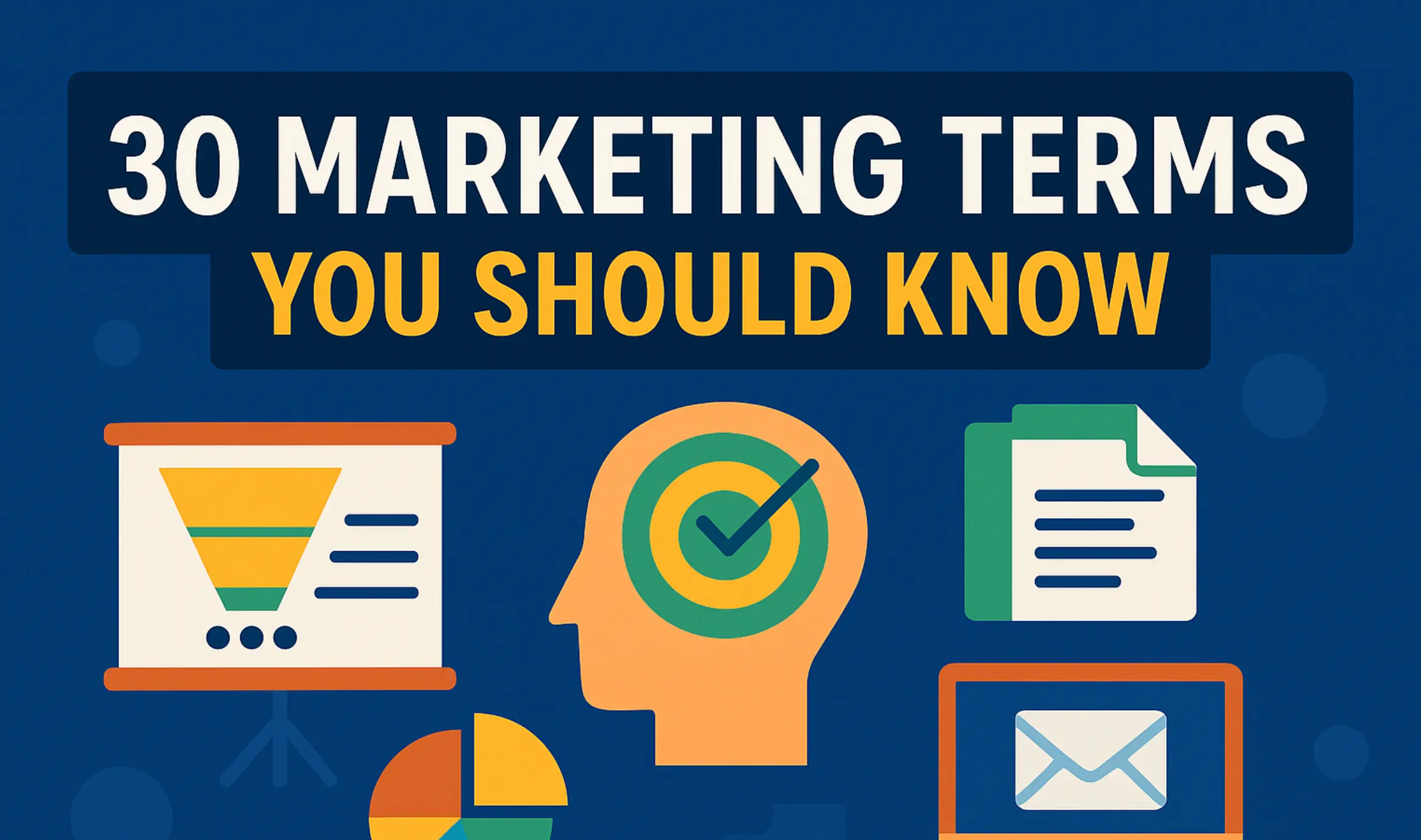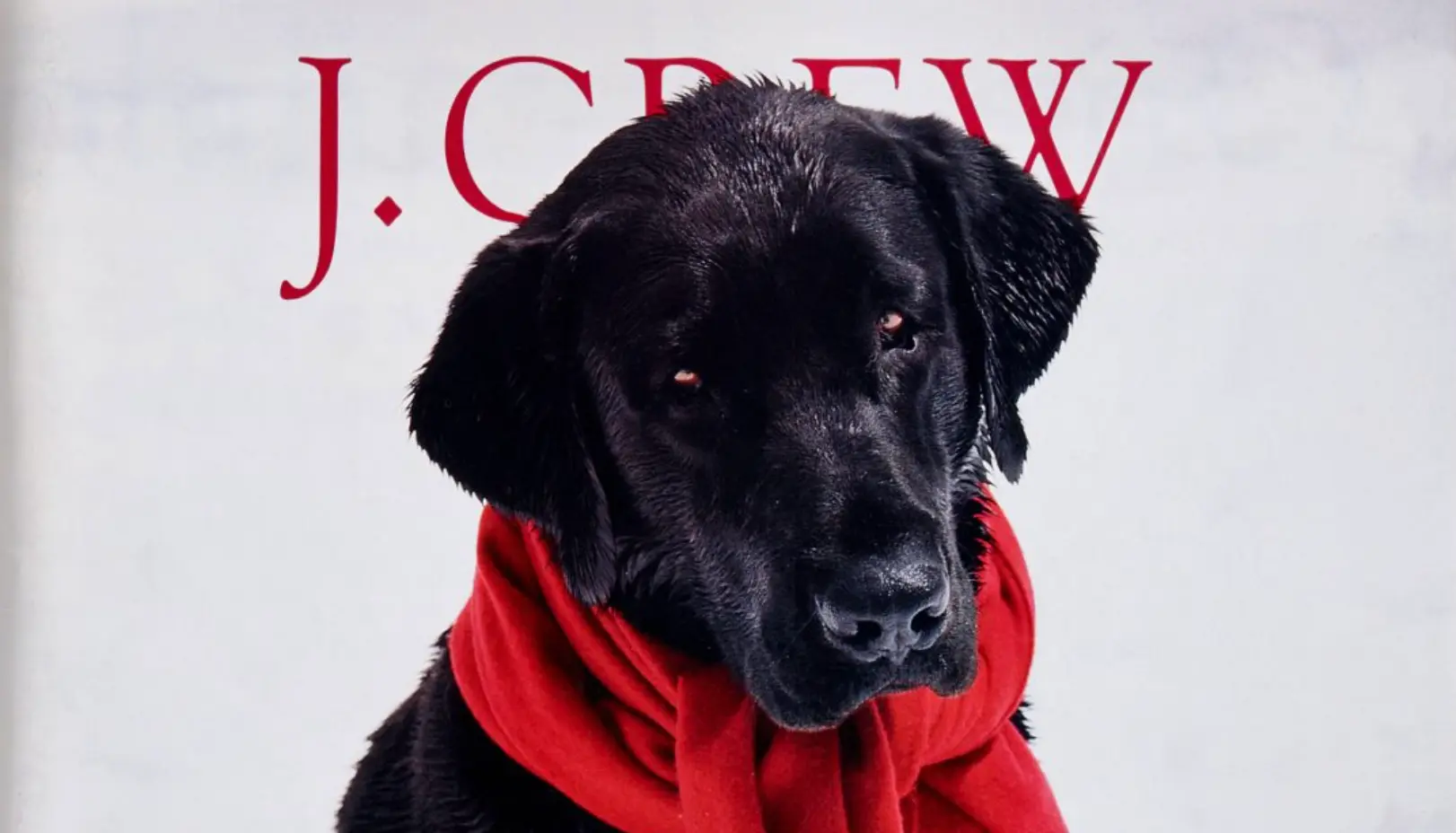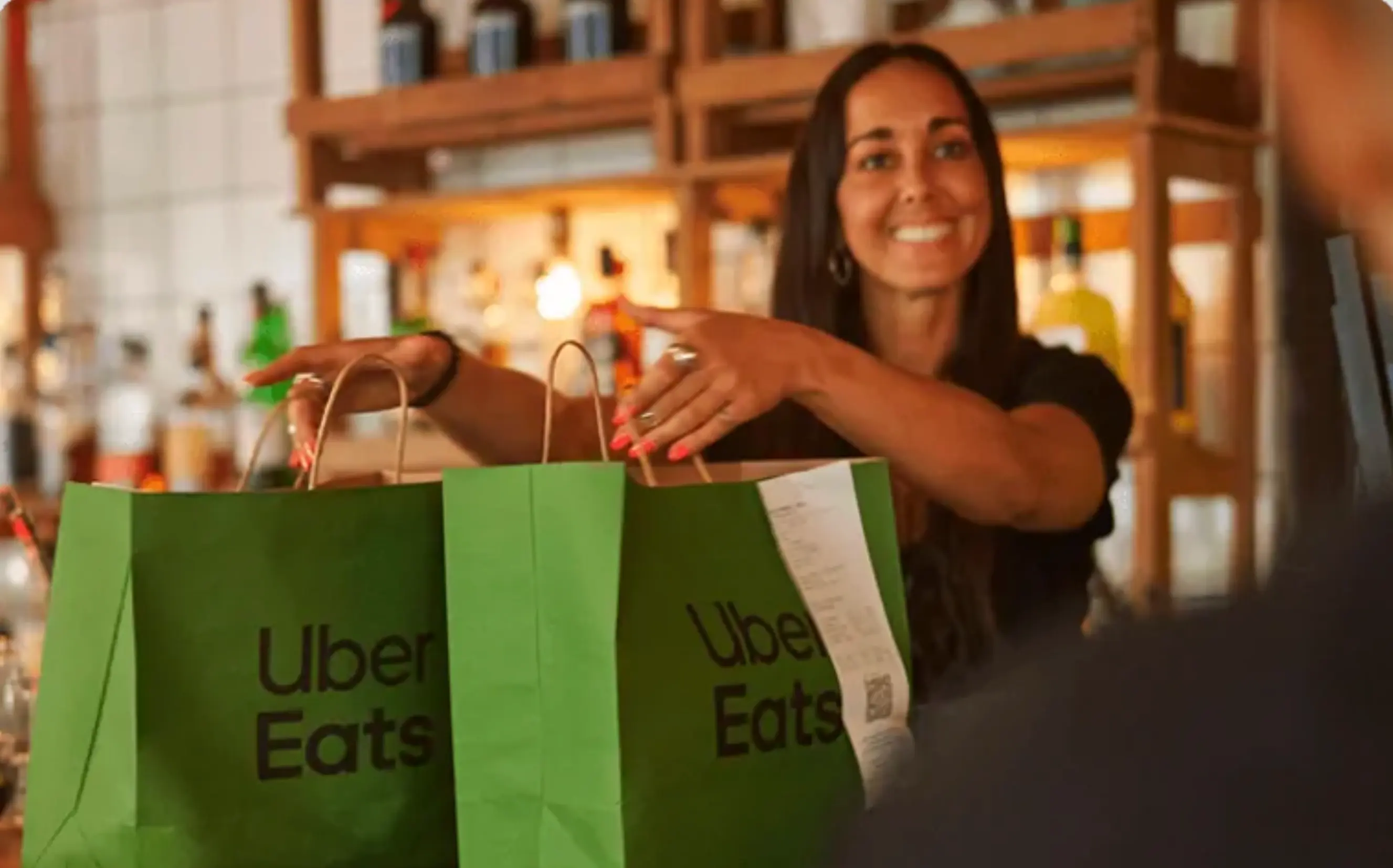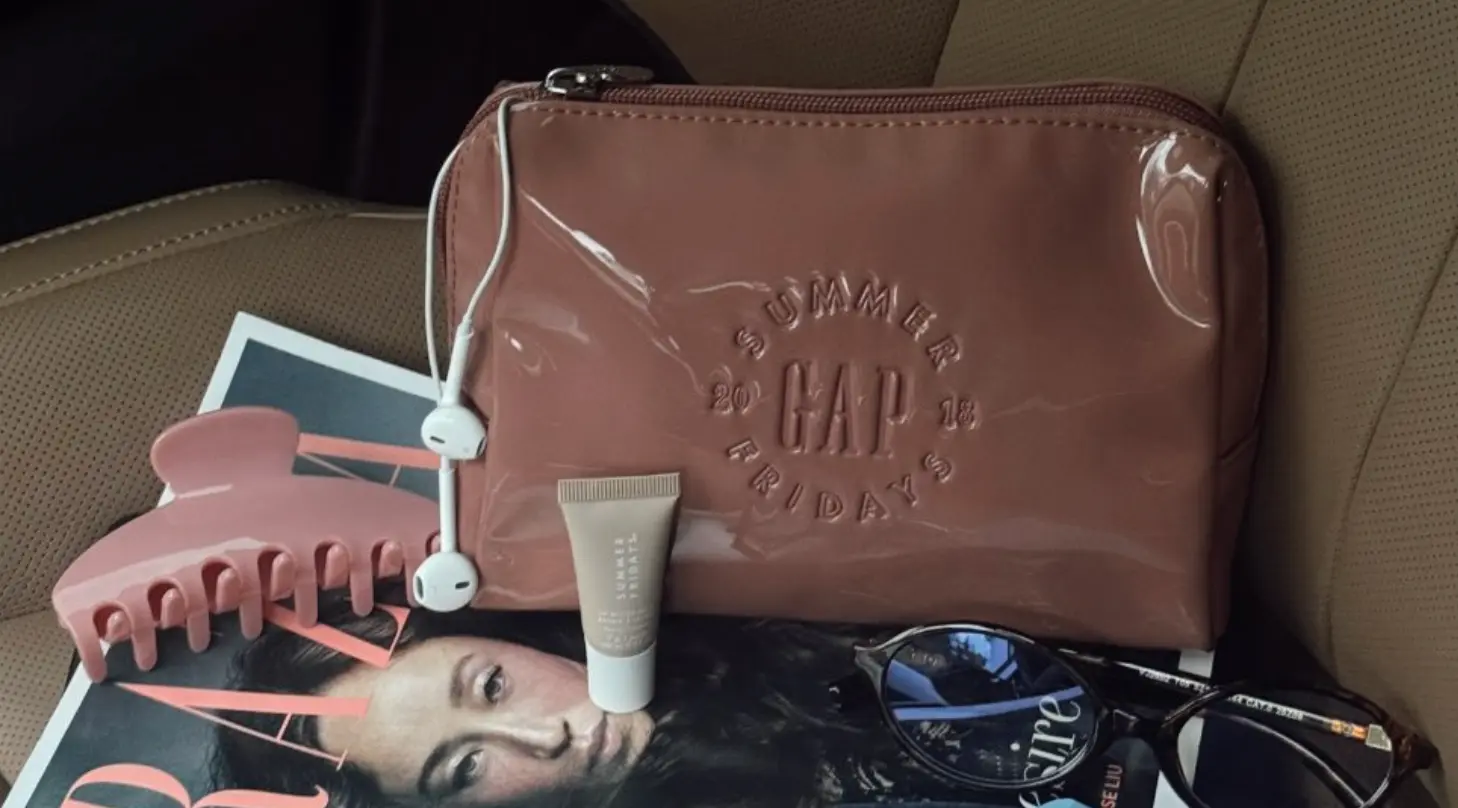The 10 Most Recognizable Brand Mascots of All Time
Updated on
Published on
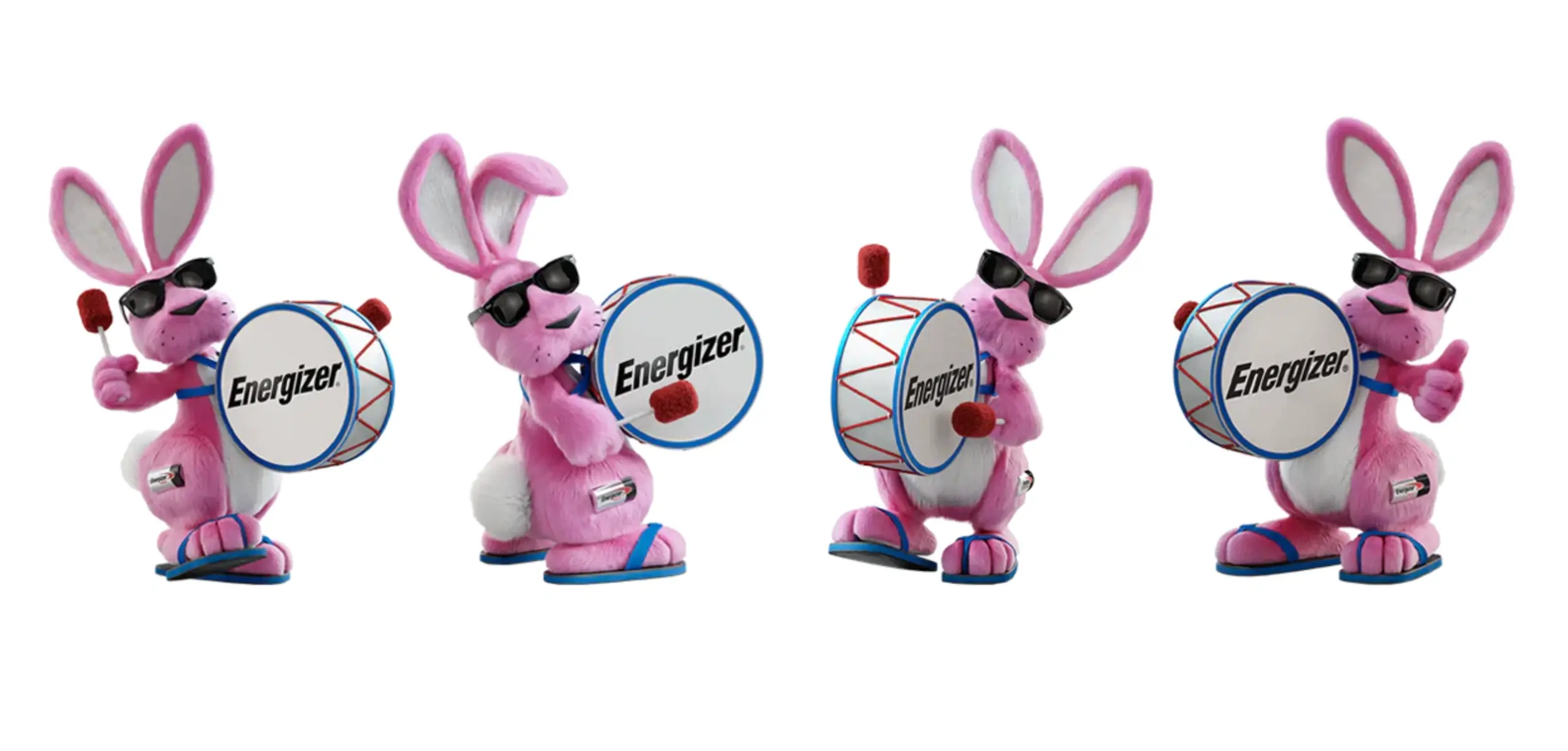
Great mascots compress a brand’s promise into a face, a voice, and a ritual you can recognize in a heartbeat. The most famous advertising characters didn’t survive because they were cute; they endured because they made products feel human. If you’re studying iconic brand mascots for your next campaign, this list breaks down why famous brand mascots work, how famous marketing mascots adapt to new media, and what the most famous company mascots have in common.
At a glance
- Iconic brand mascots translate complex benefits into one simple behaviour you can name and mimic.
- The most famous advertising characters own a silhouette, catchphrase, or ritual that sticks on every channel.
- Famous marketing mascots age well when you evolve the world around them but protect their core cues.
The Mascots We Chose (Methodology)
- Prioritised global familiarity, long-term consistency, and cultural impact across decades.
- Selected famous brand mascots still active or easily revived in modern campaigns.
- Focused on what marketers can lift: role, ritual, silhouette, voice, and media adaptability.
1) Michelin Man (Bibendum)
Among the most famous company mascots, Bibendum is a guardian archetype: safety, endurance, and road wisdom. As one of the most iconic brand mascots ever, his layered-tyre silhouette reads instantly from posters to pit lanes. That single, protective role lets the character shift styles over a century without losing trust—exactly how famous marketing mascots should evolve. (Michelin)
- Why it works: unmistakable silhouette + protector role.
- Steal this: evolve style, not purpose; keep the “guardian” job intact.
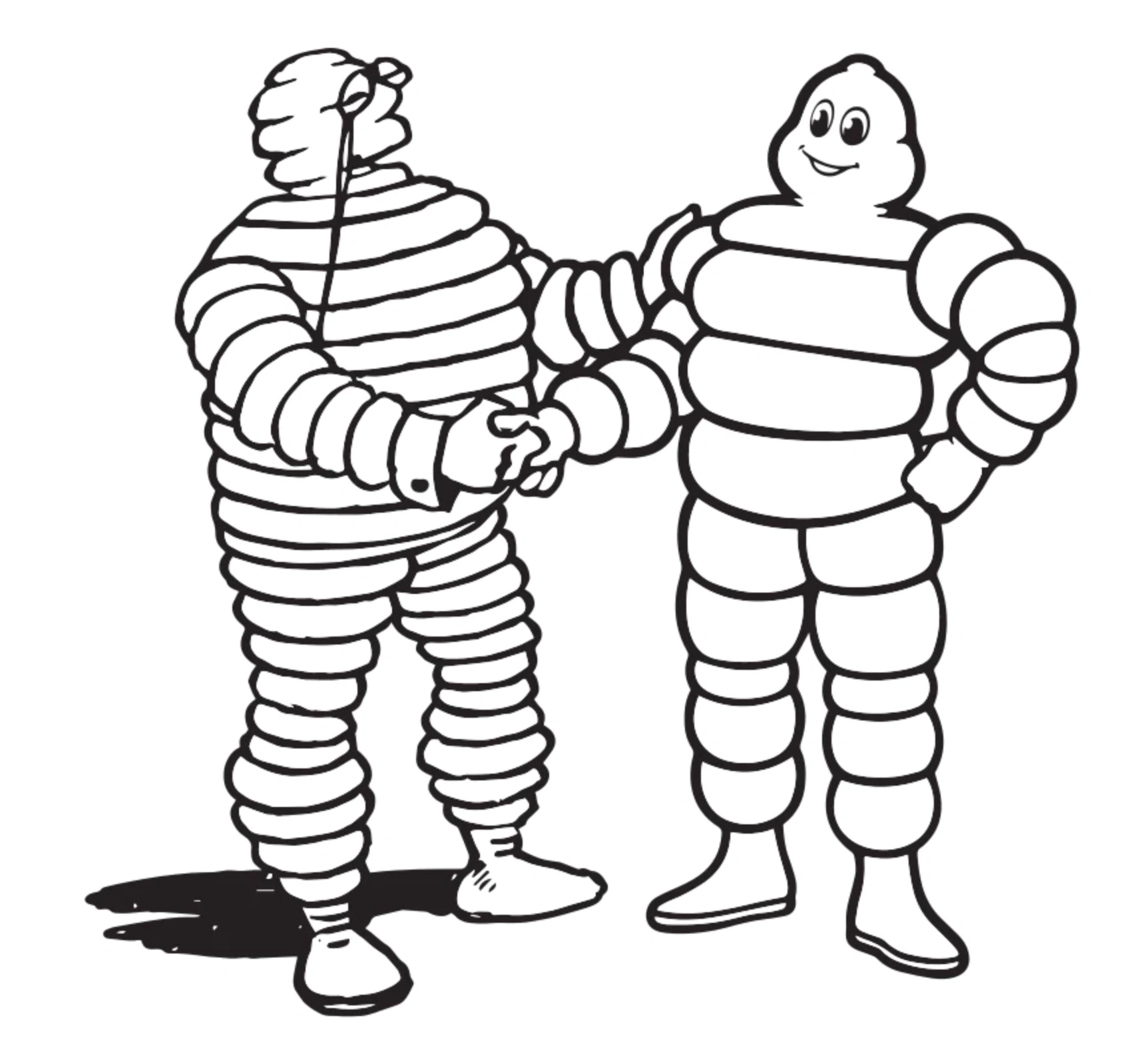
2) Ronald McDonald
One of the most famous advertising characters in food, Ronald turned a quick-service meal into a family ritual. As an iconic brand mascot, he served as host, storyteller, and community bridge (think charity houses and local events). Even with fewer appearances, the character remains core shorthand for the arches—proof that famous brand mascots scale beyond ads into real life. (McDonald’s Corporate)
- Why it works: host archetype + offline impact (birthdays, community).
- Steal this: pair the mascot with tangible good so affinity compounds.
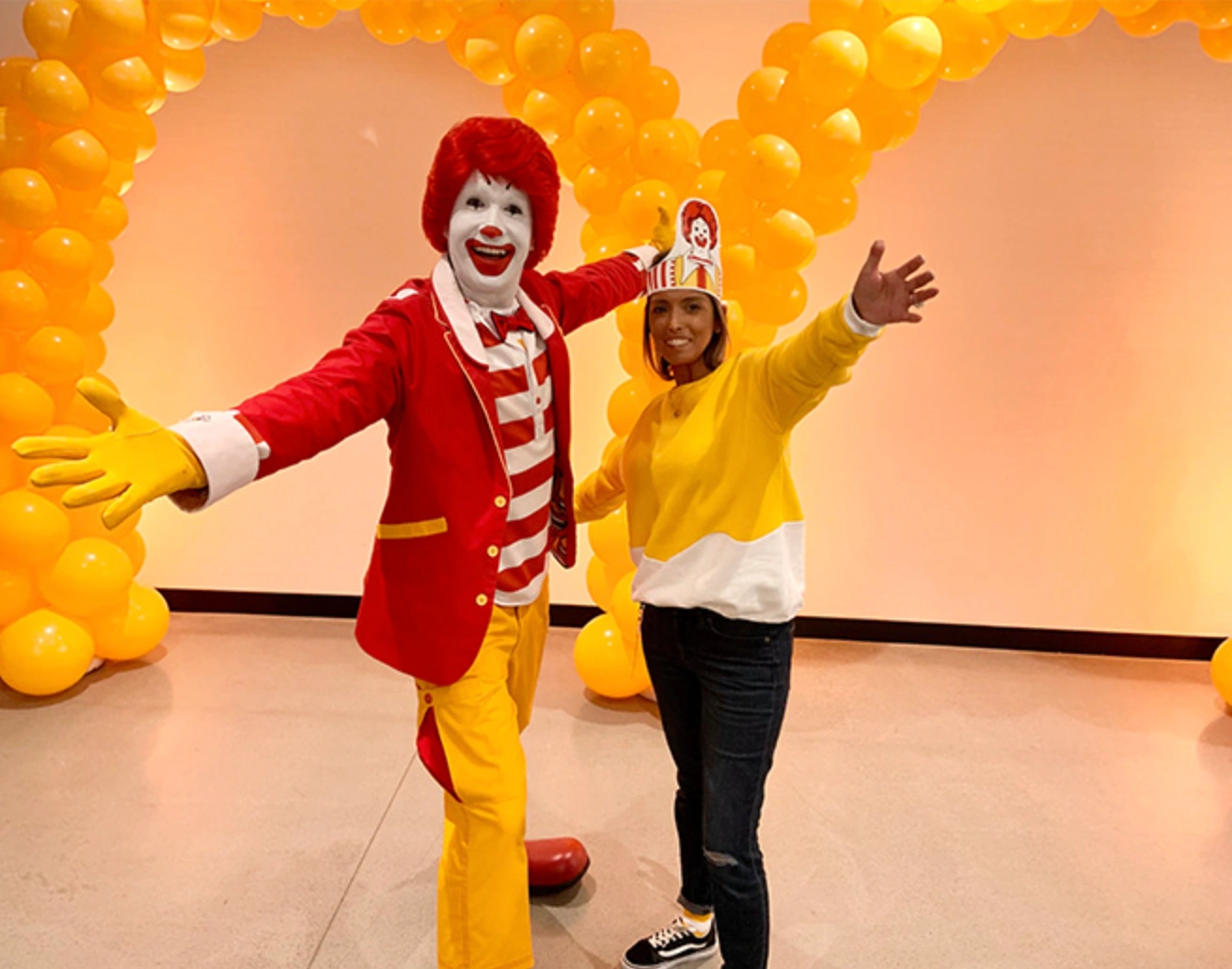
3) Tony the Tiger
Tony sells confidence, not just cereal—making him an iconic brand mascot with a sonic logo (“They’re gr-r-reat!”) as strong as his visual. Among the most famous company mascots, Tony shows how posture, voice, and a simple champion persona create durable recall. This is famous marketing mascots 101: own a feeling kids repeat. (WK Kellogg)
- Why it works: catchphrase + athletic posture + wink.
- Steal this: protect the line delivery as fiercely as the design.
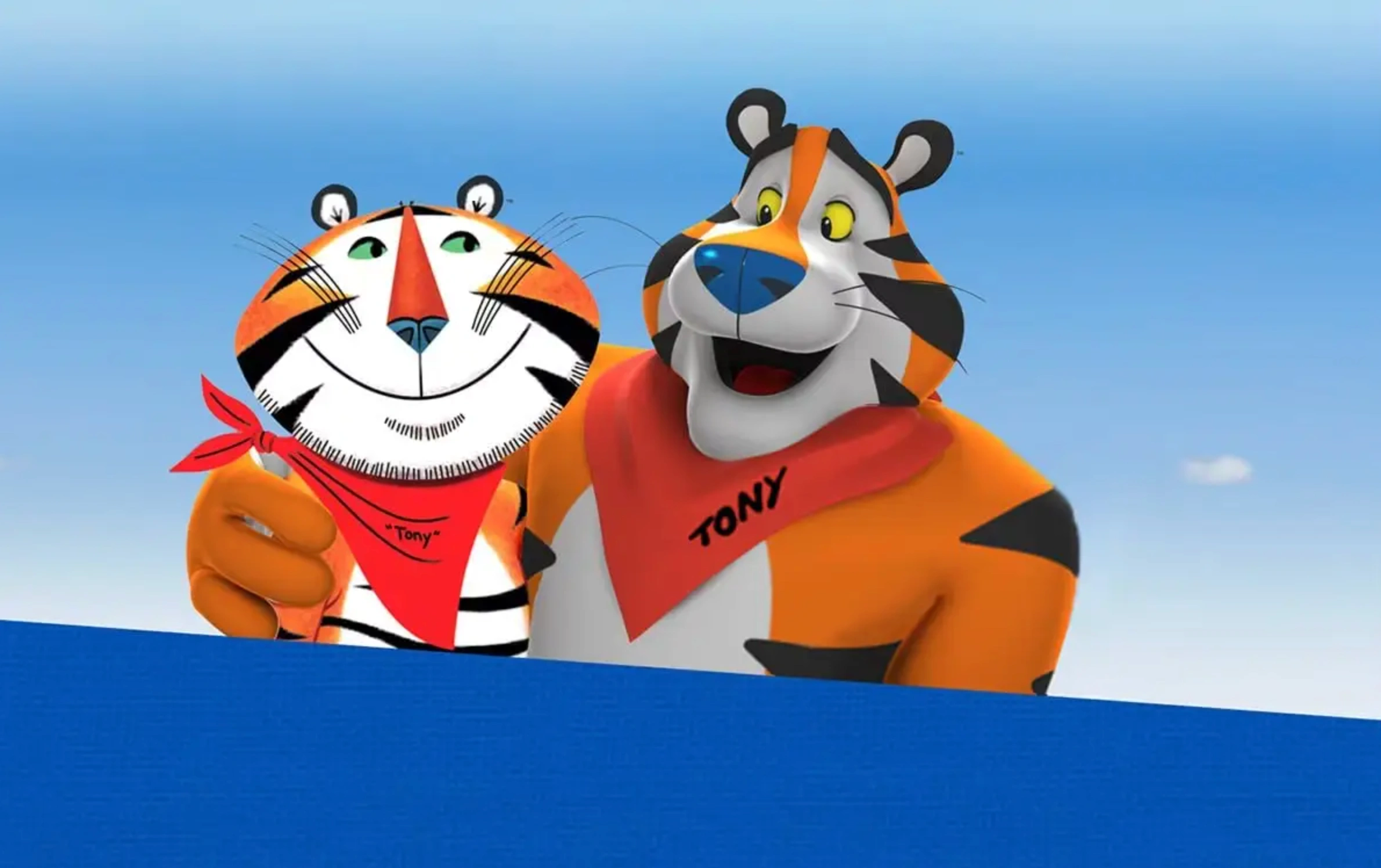
4) Pillsbury Doughboy (Poppin’ Fresh)
Few famous brand mascots own a ritual as perfectly as the Doughboy: poke, giggle, smile. The behavior is the brand. That repeatable moment—friendly touch leading to cozy delight—keeps him on lists of the most famous advertising characters decade after decade. (Pillsbury)
- Why it works: a shareable ritual that families imitate.
- Steal this: design a simple, repeatable interaction people can reenact.
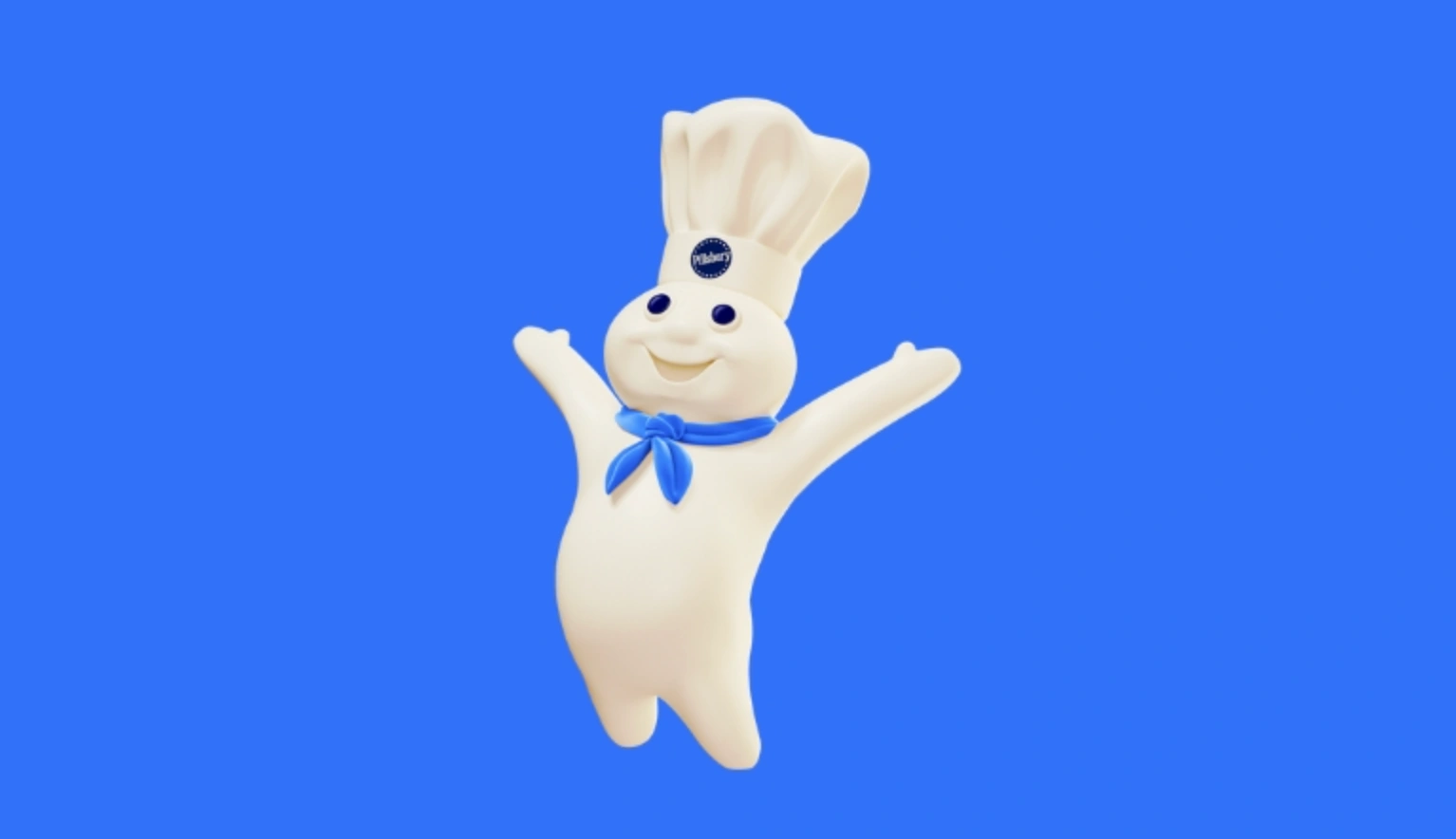
5) GEICO Gecko
The Gecko is an explainer first, cartoon second. As one of the most famous marketing mascots in services, he translates a complicated product into calm, witty guidance. This is why iconic brand mascots thrive in “boring” categories: they make decisions feel easy. (Geiko)
- Why it works: friendly guide persona + conversational clarity.
- Steal this: let the mascot simplify choices, not just deliver punchlines.
6) M&M’s Spokescandies
A cast, not a single hero: Red, Yellow, Green, Brown, Blue, and Orange turn the product into personalities. That ensemble format makes them some of the most famous company mascots for variety—endless skits, seasonal beats, and social moments without retiring the core gag. This is how famous marketing mascots stay fresh. (M&M’s Site)
- Why it works: character ecosystem + product-as-costume.
- Steal this: build a cast to extend story life across formats.

7) Energizer Bunny
The Bunny is engineered interruption. As one of the most iconic brand mascots in North America, he “keeps going and going,” turning a product claim into a cultural joke that hijacks attention mid-spot. It’s a masterclass in how the most famous advertising characters own cadence and timing. (The Business Journals)
- Why it works: pattern-breaking entrance + drumbeat memory hook.
- Steal this: script a repeatable disruption that your audience anticipates.
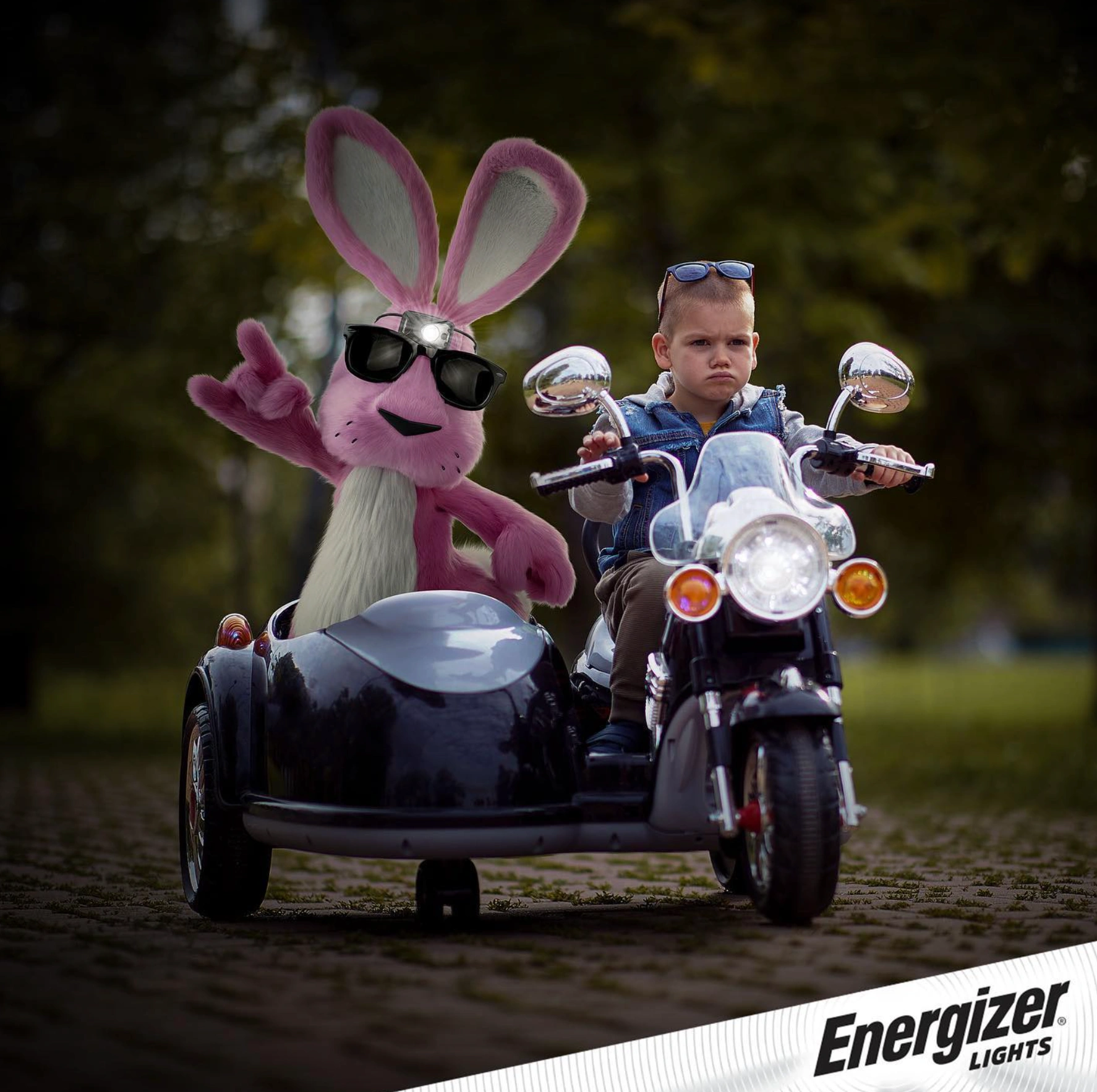
8) Mr. Peanut
Top hat, monocle, cane—costume as brand strategy. Mr. Peanut proves how famous brand mascots can signal quality and heritage with a few precise cues. He’s an iconic brand mascot because the wardrobe is the message, portable from tins to TikTok without translation. (Planters)
- Why it works: instantly legible “gentleman” silhouette.
- Steal this: codify wardrobe rules; never leave the character underdressed.
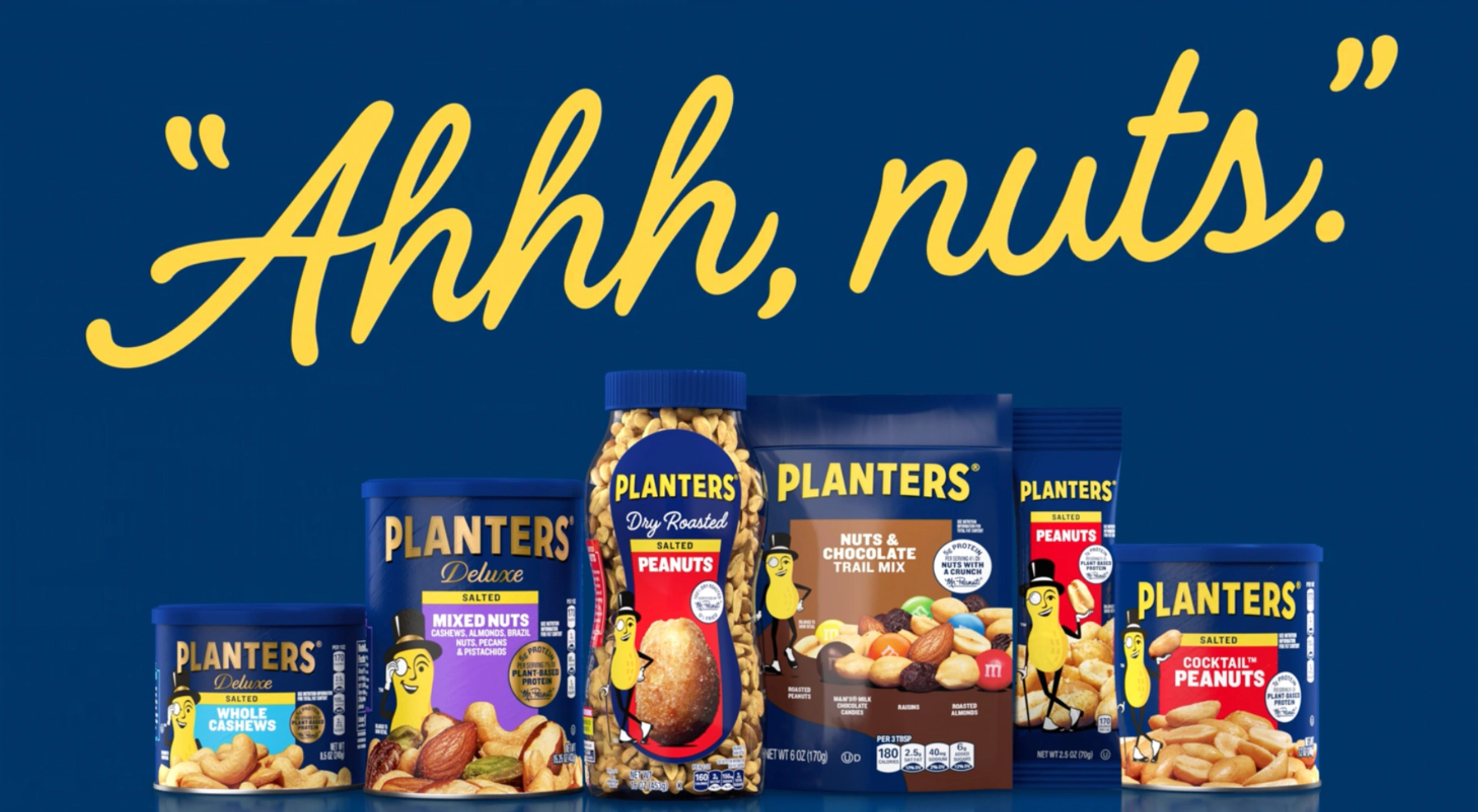
9) Kool-Aid Man
Famous marketing mascots often own an entrance; this one owns a collision. “Oh, yeah!” plus the wall-burst ritual makes him one of the most famous advertising characters among kids and nostalgic adults. It’s physical comedy that reads in a second—perfect for short-form video. (Advertising Week)
- Why it works: entrance ritual + catchphrase = guaranteed recall.
- Steal this: choreograph the arrival; the entrance is the ad.
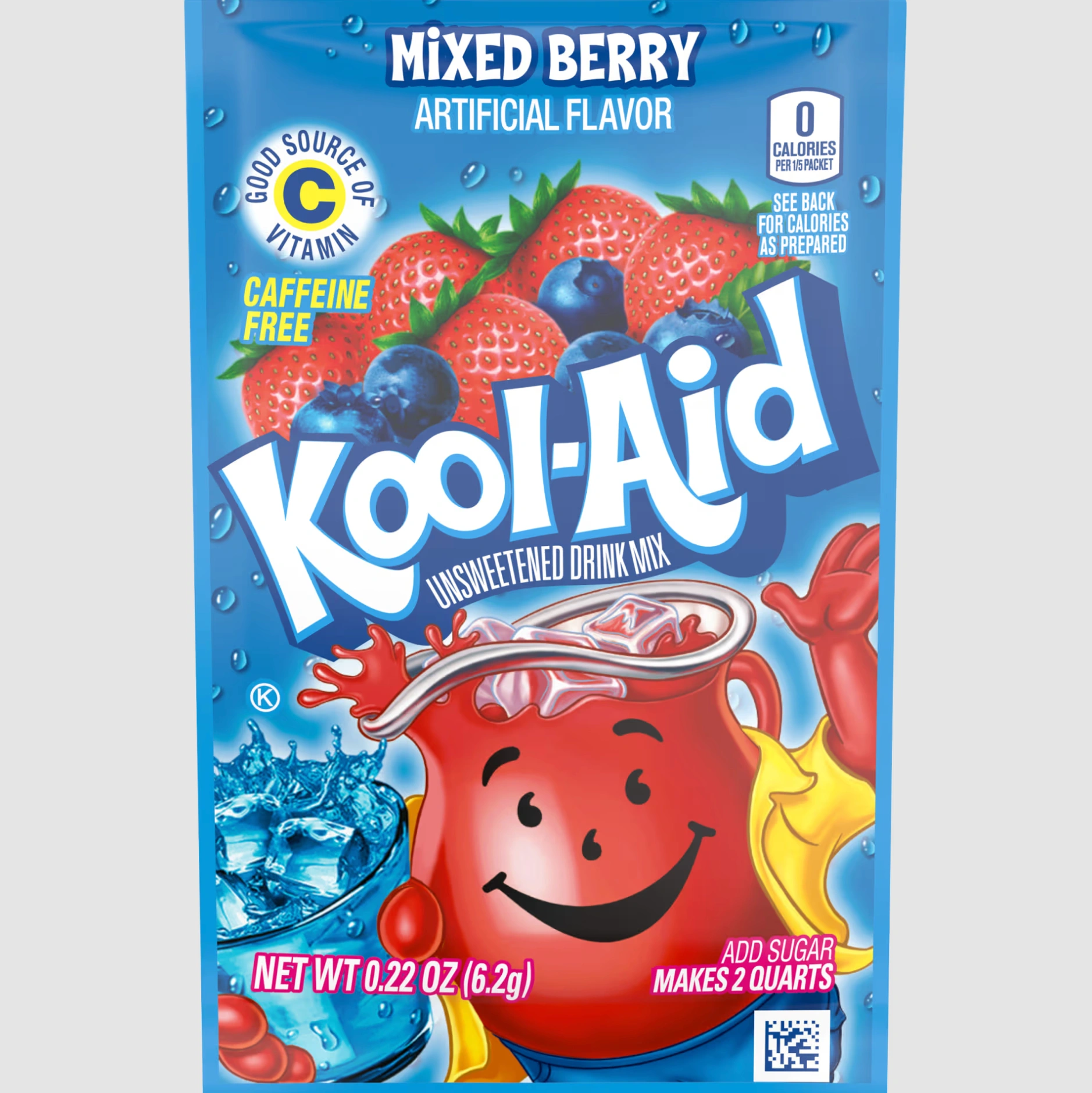
10) Coca-Cola Polar Bears
Seasonal yet universal, the bears wrap refreshment in wonder. As iconic brand mascots tied to holidays, they deliver quiet stories—glances, music, snow—that travel worldwide. This is how the most famous company mascots use emotion first and language second. (Coca-Cola Company)
- Why it works: family warmth + cinematic calm.
- Steal this: let expression and soundtrack carry the spot; words optional.

FAQ
What do iconic brand mascots share, regardless of category?
A clear job—guide, host, protector, hype friend—and one unmistakable cue (silhouette, voice line, or ritual). The most famous advertising characters keep those anchors while everything else modernizes.
Are famous brand mascots still effective in short-form feeds?
Yes. Famous marketing mascots compress tone and trust into under a second. Their “read” works at thumb speed—why the most famous company mascots still headline Super Bowls and TikToks.
How many rules should define a mascot system?
Keep a tight kit: silhouette, colour system, voice line, entrance ritual, and humour guardrails. Iconic brand mascots stay flexible by guarding a few non-negotiables.
Should I build a cast or one hero?
If you need variety, follow the M&M’s model. A cast lets famous brand mascots rotate scenarios, demographics, and tones without losing the core.
What if our mascot feels dated?
Refresh the world (animation style, partners, settings) before you redraw the core cues. The most famous company mascots evolve context, not identity.
Branding Characters that Everyone Recognizes
Iconic brand mascots aren’t just drawings; they’re behaviours your audience expects. The most famous advertising characters endure because they perform a job on cue. Protect that job, keep the silhouette and ritual intact, and your famous brand mascots will outlast whatever the algorithm invents next.


